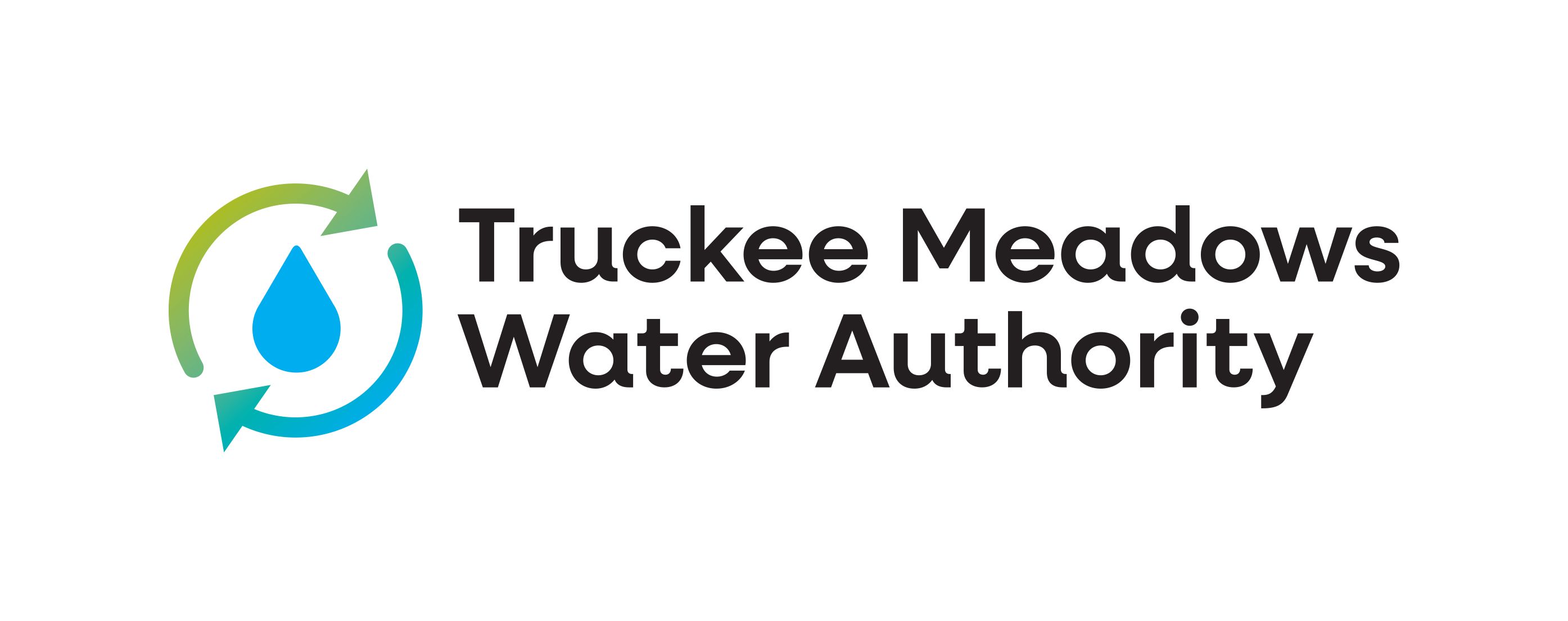Lawn Buffer Zone
The best way to capture overspray and runoff is with a lawn buffer. This buffer zone not only protects water quality, but it can also reduce water bills.
To construct a lawn buffer, observe the amount of overspray occurring from your system and design the buffer width accordingly, to capture all overspray. Then, reroute your lawn sprinkler system to the new lawn edge. For small lawn areas, consider replacing the entire area. Small areas are virtually impossible to irrigate with sprinklers without wasting water and creating runoff.
Remove the turf by hand or using a sod cutter and amend the soil, improving the soil's water-holding capacity. Then, add a drip system or soaker hoses, install plants, and cover the area with landscape fabric or other material, following with mulch. We suggest the use of water-efficient plants, which will increase your water savings even more. If the buffer area slopes sharply, consider adding terraces to make planting and maintenance easier. This will also help decrease subsurface runoff from the buffer area. For mild slopes, be sure to place a small berm at the downslope edge to contain runoff.
Remember to monitor your new irrigation system throughout the summer to make sure you're not overwatering. Adjust the system as needed depending on weather and the season. Keep in mind that too much water added to the new lawn buffer will simply add to the runoff problem.




